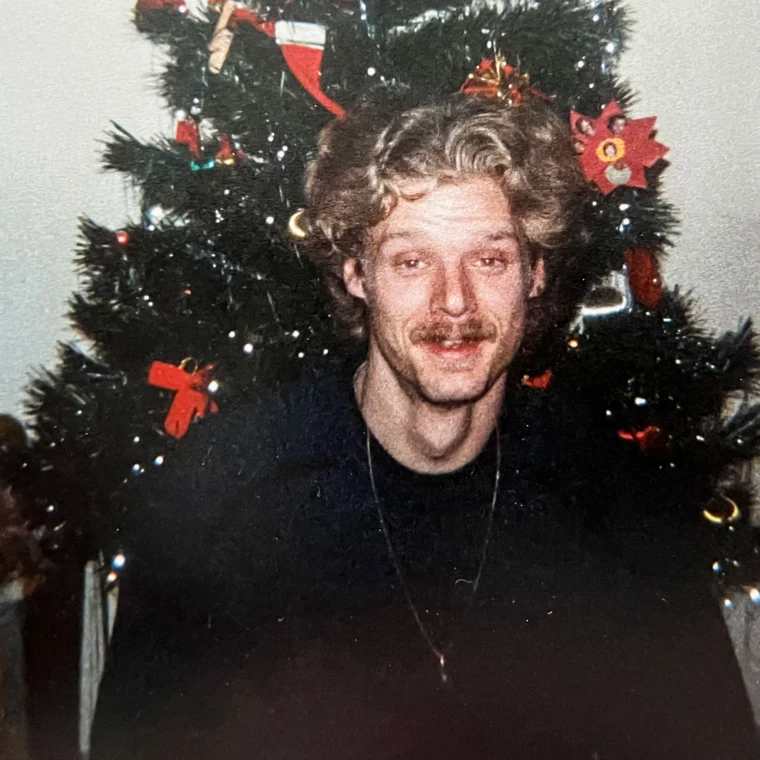Allen Livingston Missing Update – For over three decades, the Livingston family was haunted by a shroud of uncertainty. The year was 1993 when Allen Livingston, aged 27, mysteriously vanished. His absence left an aching void that gnawed at his family. His mother held a persistent, gnawing suspicion that he had met a gruesome fate at the hands of Herbert Baumeister, the suspected serial killer from Indiana. But now, after all these years, there’s finally some closure.
A breakthrough in the form of DNA evidence has linked Allen Livingston to human remains discovered on Baumeister’s property at Fox Hollow Farm, a revelation made by the Hamilton County Coroner’s Office.
Long-Awaited Answers
When investigators first unearthed the grisly discovery in 1996, they could identify only eight sets of remains due to the limitations of DNA technology at the time. It was a tantalizingly incomplete picture, leaving many families in the dark.
For Allen Livingston’s cousin, Eric Pranger, the rollercoaster of emotions was palpable. He had pushed for the case to be reopened last year. “Hearing about Allen was a little roller coaster of feelings,” Pranger confessed. “We’re happy because we got closure and we were able to identify him, but sad because we had to relive it a bit.”

Baumeister’s Dark Secrets
Herbert Baumeister, it seems, was a predator who frequented gay bars to ensnare unsuspecting victims. His sinister web extended back to at least 1980, with links to the disappearance of at least 16 men. But the story took a dark twist. Baumeister took his own life at the age of 49 in July 1996, evading investigators’ questions, and leaving families like Livingston’s grappling with unfathomable loss and unanswered questions.
A Mother’s Intuition
Sharon Livingston, Allen’s mother, never gave up hope of finding her son. Every time she inquired about her son’s case, there was no new information to be found. Her intuition as a mother kept pointing her toward Fox Hollow Farms. She was unshakeable in her belief that her son’s fate was entwined with that ominous place.
With the case reopened, she took a significant step by submitting her DNA to the coroner’s office. This urgency was fueled by her own battle with cancer, a stark reminder of the fleeting nature of time. “I do not have my son’s remains, and until I have that, it will be unfinished for me, and I hope I get them before I pass away,” Sharon candidly told NBC affiliate WTHR of Indianapolis last November.
Finally, she received the news she had yearned for. Hamilton County Coroner Jeff Jellison made the call she had longed for. Her son, Allen, had been identified.
A Remarkable Discovery
The identification of Allen Livingston’s leg bone was among the 44 sets of remains initially submitted for DNA testing. The coincidence is nothing short of astonishing. As Jellison put it, “What are the odds that of our first identification from 10,000 pieces of bone would be to that family that made the initial call?”
Yet, the journey is far from over. There are more remains to be identified, but the question remains: How many?
The Power of Modern DNA Technology
A key player in this poignant saga is Krista Latham, a forensic anthropologist at the University of Indianapolis. Her expertise was crucial in determining which sets of remains had the potential to yield a DNA profile suitable for analysis.
Back in 1996, the technology of the time was rudimentary and costly. It required a considerable amount of skeletal material, and its precision was a far cry from today’s capabilities. According to Latham, her lab has been involved in this case since its inception.
Modern DNA technology, using nuclear DNA instead of mitochondrial DNA, is incredibly sensitive. It can generate highly individualized profiles from even the smallest samples of skeletal material. This increase in sensitivity has revolutionized how we investigate skeletal material, unlocking possibilities that were previously unimaginable.
However, not all remains are easily identifiable. Some have been severely damaged, either burned or crushed before their recovery, making the task of identification particularly challenging. A few are as small as a fingernail.
A Plea for Cooperation
Among the 44 sets of remains, four other DNA profiles have been identified. However, these profiles remain unlinked to missing persons due to the lack of reference samples from their families.
Coroner Jellison, along with Latham and Pranger, urges families who lost loved ones during the 1980s to the mid-’90s to provide their samples. It’s an act that can offer the solace of knowing their missing loved ones may finally be found. Pranger articulated it well: “It’ll keep your mind from wondering where your loved one really is. Instead, you’ll have solid proof that they’ve been found.”
All the remains, each a poignant piece of someone’s past, are carefully preserved in a temperature-controlled, secure evidence room at the University of Indianapolis’ Anthropology and Archaeology Department. For 27 years, these fragments of lives and mysteries have rested there.
The first identification is a significant milestone, affirming that their tireless efforts are bearing fruit. “This first identification is important, but what it taught us is that what we’re doing is right,” Jellison reflected. “Now it’s time to get our nose back to the grindstone because we know now that we can produce some results.”
In the quiet halls of the University of Indianapolis, there’s a sense of determination—a commitment to bringing closure to these decades-old mysteries. For the families who have suffered, it’s a glimmer of hope, a testament to the tenacity of the human spirit and the power of modern science in unearthing the truth, no matter how long it takes.
Read Also – Cesar Pina Arrested: Unmasking the Multimillion-Dollar Fraudster

Pulkeet Gupta is a dedicated content writer specializing in the field of education and entertainment niche. With a passion for learning and a keen interest in sharing knowledge, Pulkeet has established himself as a prominent figure in the education and entertainment writing community.
